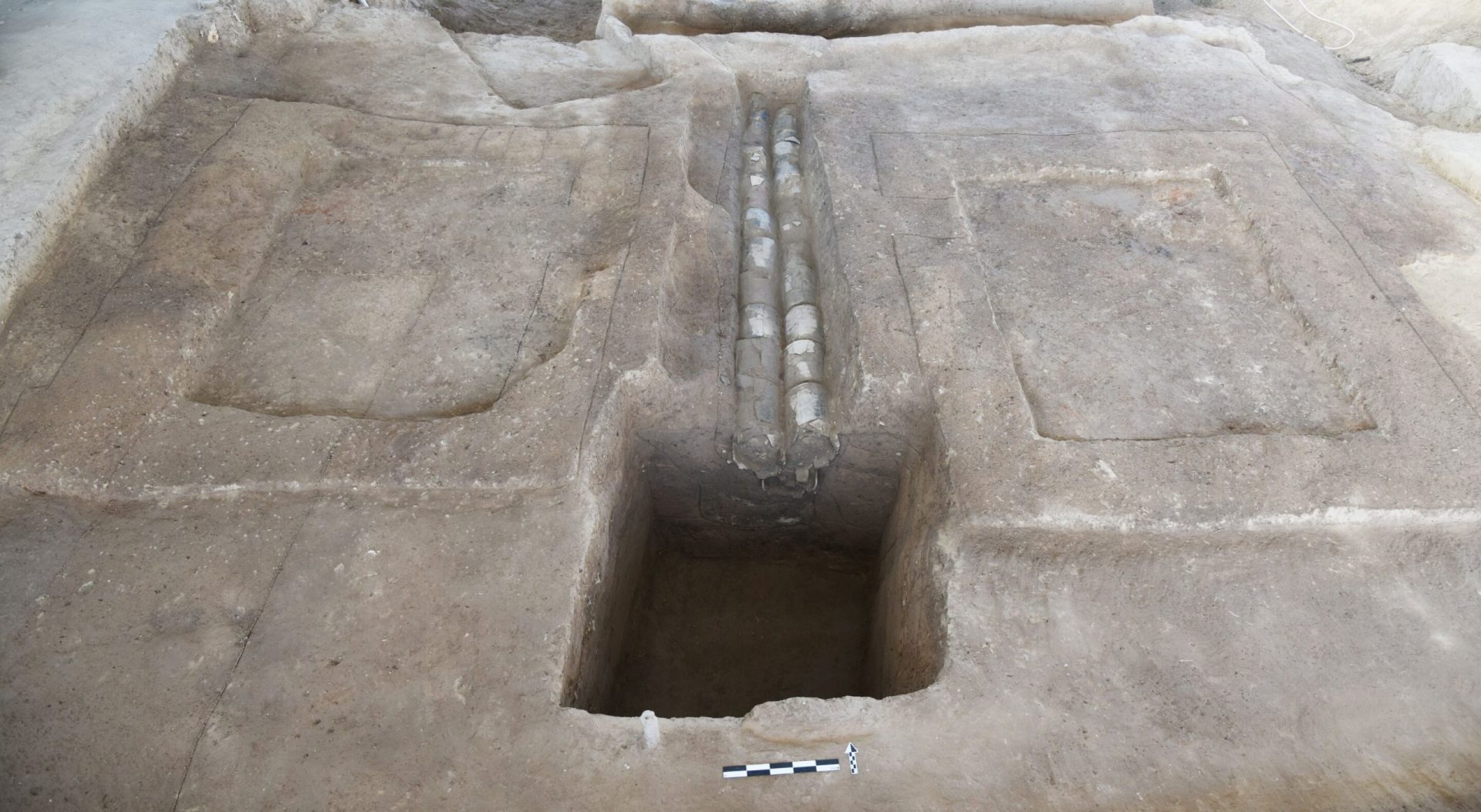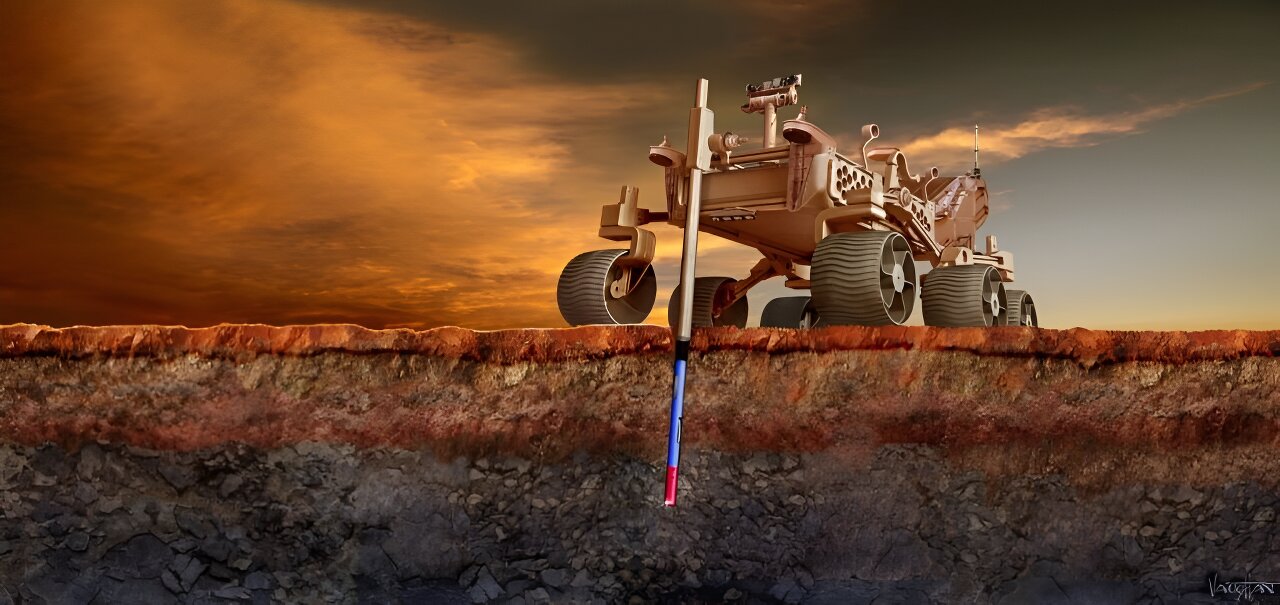Ancient ceramic water pipes discovered in China reveal the impressive engineering capabilities of neolithic people, according to a groundbreaking study by researchers from University College London. These pipes, dating back 4,000 years to the Longshan period, demonstrate that complex water management systems could be achieved without the need for a centralized state authority.
In the journal Nature Water, the archaeological team describes the network of ceramic water pipes and drainage ditches found at the Pingliangtai site. This discovery highlights the community’s collaborative efforts to construct and maintain the drainage system, despite the absence of a centralized power or authority.
Dr. Yijie Zhuang, senior author of the paper, explains, “The remarkable thing about this ceramic water pipe network is that the people of Pingliangtai were able to create and sustain such an advanced water management system using only stone age tools and without a central power structure. This required extensive planning and coordination, all achieved through communal efforts.”
The ceramic water pipes form the oldest complete drainage system ever found in China. Interconnected segments of these pipes were strategically placed along roads and walls to divert rainwater, showcasing a high level of central planning at this neolithic site.
What surprises researchers is the lack of social hierarchy evident in the Pingliangtai settlement. The uniformly small houses and absence of social stratification or significant inequality among the population challenge previous assumptions. However, despite the absence of a centralized authority, the community came together to coordinate the production, layout, installation, and maintenance of the ceramic pipes, indicating a collective effort.
This level of complexity defies the previous belief that only centralized states with governing elites could undertake such engineering feats. While other ancient societies with advanced water systems often had stronger, more centralized governance, Pingliangtai demonstrates that egalitarian and communal societies were also capable of achieving remarkable engineering accomplishments.
Co-author Dr. Hai Zhang from Peking University remarks, “Pingliangtai is an extraordinary site. The network of water pipes reveals an advanced understanding of engineering and hydrology that was previously thought to be exclusive to more hierarchical societies.”
Pingliangtai, located in what is now the Huaiyang District of Zhoukou City in central China, was home to approximately 500 people during neolithic times. The town featured protective earthen walls and a surrounding moat. Given the region’s climate 4,000 years ago, characterized by significant seasonal shifts and heavy rainfall during summer monsoons, managing floodwaters was crucial for the community’s survival. To address this, the people of Pingliangtai constructed a unique two-tier drainage system, unlike any other known at the time. They built coordinated lines of drainage ditches parallel to their houses, diverting water to ceramic water pipes that transported it to the surrounding moat, effectively protecting the village.
These ceramic water pipes represented an advanced technological achievement. Each pipe segment, measuring 20 to 30 centimeters in diameter and 30 to 40 centimeters in length, was intricately connected to transport water over long distances.
While the specifics of how the people of Pingliangtai organized and divided labor for the construction and maintenance of this infrastructure remain unknown, it is clear that communal coordination was necessary. This collaborative effort would have also been required for building the earthen walls and moat surrounding the village.
The Pingliangtai drainage system stands out from other neolithic water systems worldwide. Its primary purpose was to drain rain and floodwater from monsoons, distinguishing it from systems used for sewerage water drainage or other purposes.








